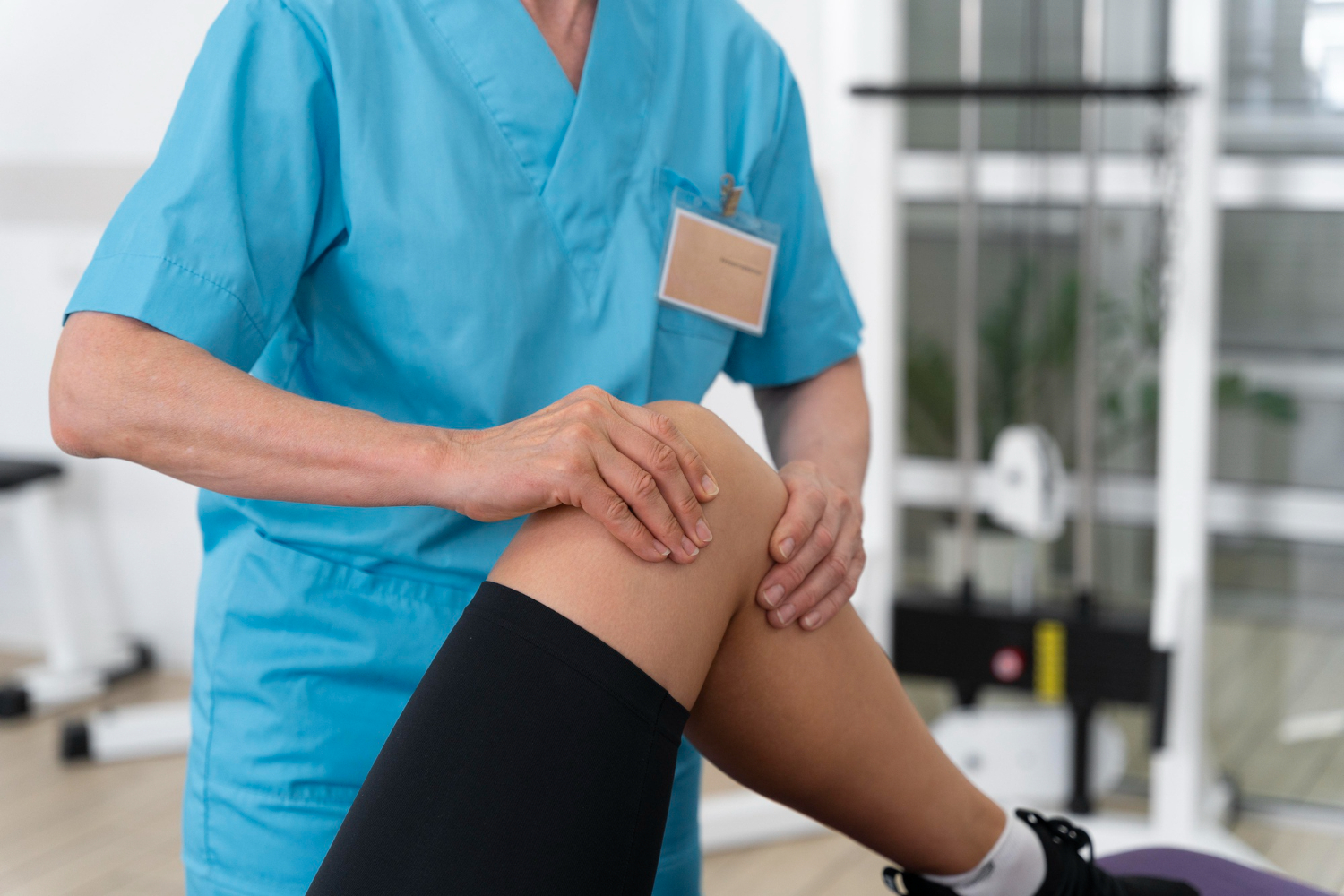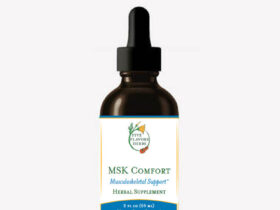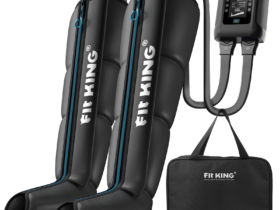Imagine this: You’re up and ready to seize the day, but your knee seems to have other plans. It’s aching, throbbing, and downright refusing to cooperate. Isn’t it frustrating? But don’t worry, I’ve got some good news for you. There are effective ways to combat knee pain and one of them is physical therapy. If you’re keen to explore how physical therapy can provide knee pain relief, you’re in the right place.
1. Heat and Cold Therapy for Knee Pain
Let’s kick things off with one of the simplest and yet most effective strategies for knee pain relief – heat and cold therapy. It’s a straightforward process that you can carry out in the comfort of your home. This technique is often recommended by physical therapists, and it’s a core part of many knee pain physical therapy regimens.
Heat Therapy: This technique is all about using warmth to your advantage. It’s particularly effective in soothing stiff joints and tired muscles. Here’s what you need to do:
- Grab a heat pad or a hot water bottle (a bag of warm rice works too!)
- Apply it on your aching knee for 15-20 minutes.
The warmth will help increase blood flow and relax your muscles, reducing the pain you’re experiencing.
Cold Therapy: On the other side of the spectrum is cold therapy. It’s ideal for reducing inflammation and numbing sharp pain. To give it a go, follow these steps:
- Take an ice pack or a bag of frozen peas.
- Place it on your knee for 15-20 minutes.
Just remember to wrap your ice pack in a towel to avoid direct contact with your skin.
Heat and cold therapy isn’t a one-size-fits-all solution, but it’s a great first step in knee pain physical therapy. While heat therapy can help to loosen up the knee joint and muscles, cold therapy can come in handy when dealing with acute pain and swelling. It’s all about finding the right balance and seeing what works best for you. And remember: consistency is key.
So, how about giving this a try today? Your knee might just thank you for it. Stay tuned for more effective knee pain physical therapy techniques in the next section: Strengthening Exercises for Knee Support.
2. Strengthening Exercises for Knee Support
Jumping from heat and cold therapy, let’s now dive into something a bit more dynamic – strengthening exercises. Have you ever heard the saying “use it or lose it”? Well, it’s not just an old wives’ tale. It has some real substance to it, especially when it comes to knee pain physical therapy.
Why Strengthening Exercises Matter
Your knee is supported by several muscle groups including your quadriceps, hamstrings, and calf muscles. Now, if these muscles aren’t as strong as they should be, your knee ends up bearing more burden than it’s designed to. Not an ideal situation, right? That’s why strengthening exercises are a key tool for knee pain relief.
The Best Knee-Strengthening Exercises
Here are some exercises that you can include in your knee pain physical therapy routine:
- Leg Raises: This exercise is excellent for strengthening your quadriceps without putting pressure on your knees.
- Lie flat on your back on the floor or bed.
- Keep one leg bent and the other straight.
- Slowly lift the straight leg to the height of the bent knee.
- Repeat this 10 times for each leg.
- Calf Raises: Calf raises can help increase the strength and flexibility of your lower leg, which supports your knee.
- Stand up straight and slowly rise up on your toes, then lower yourself back down.
- Do this for 10-15 reps.
- Hamstring Curls: These are great for strengthening your hamstrings, which support the back of your knee.
- Stand straight and hold onto a chair for balance.
- Bend one knee to bring your heel towards your buttock. Keep the other leg straight.
- Do this 10 times for each leg.
Remember, it’s not about how many reps you do, but how well you do them. Quality over quantity, always. And before you start any new exercise, do consult with a physical therapist. They can provide guidance on the right form and intensity, ensuring your knee pain physical therapy is effective and safe.
Up next, we’re going to explore some fantastic stretching techniques for improved knee mobility. So, don’t go anywhere!
3. Stretching Techniques for Improved Knee Mobility
After working through your strengthening exercises, you might be thinking, “Okay, I’ve done my bit for knee pain physical therapy today.” But hold that thought! There’s another integral piece to this puzzle—stretching. Yes, stretching. It’s not just for gymnasts and yoga enthusiasts.
The Importance of Stretching in Knee Pain Physical Therapy
Why should you stretch, you ask? Well, stretching improves your knee’s range of motion, making it easier for you to move around. It also enhances muscle flexibility and reduces stiffness, which can alleviate that pesky knee pain.
Effective Stretching Exercises for the Knee
Let’s jump into some easy stretching exercises that you can incorporate into your knee pain physical therapy routine:
- Hamstring Stretch: A tight hamstring can limit your knee’s mobility, causing pain. Here’s how to stretch it:
- Sit on the floor with one leg extended and the other bent.
- Reach towards your extended foot until you feel a stretch in the back of your thigh.
- Hold for 15-30 seconds and repeat with the other leg.
- Quadriceps Stretch: This stretch can help alleviate tightness in your quadriceps that might be causing knee pain.
- Stand straight and hold onto a chair for balance.
- Bend one knee and grasp your ankle, pulling it towards your buttock.
- Hold the stretch for 15-30 seconds and then switch to the other leg.
- Calf Stretch: Tight calf muscles can contribute to knee pain. Here’s a stretch to help:
- Stand facing a wall with one foot in front of the other.
- Keep the back leg straight and lean into the wall.
- You should feel a stretch in the calf of the back leg. Hold this for 15-30 seconds and then switch legs.
Incorporating these stretches into your knee pain physical therapy routine can significantly improve your knee’s flexibility and reduce pain. However, remember to check with your physical therapist before trying any new stretches. They can help ensure you’re stretching correctly and safely.
And that’s a wrap on stretching techniques for improved knee mobility. You’re now equipped with an arsenal of tools to take control of your knee pain. Remember—be patient with yourself and your body. Healing takes time, but with persistence, you’ll get there.













